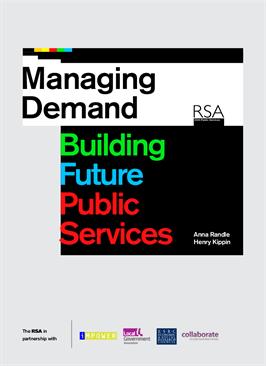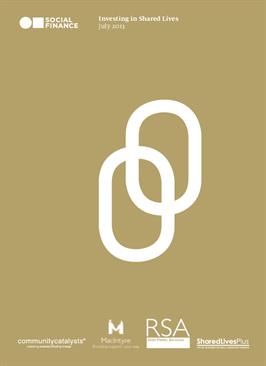Public services in Scotland are in a period of risk and opportunity. The risk is that when faced with daunting fiscal, demographic and economic pressures, services retreat rather than innovate. These pressures are compounded by the pace of legislative change at the Scottish, UK and EU level that is placing new demands on public bodies without necessarily revising funding to match.
Calls for doing more with less in public services do not always come with guidance on how best to prioritise, and do not always acknowledge what the wider impact is likely to be on service users and other public and third sector organisations.
But the opportunities are also significant. The Scottish Government’s public service reform programme is driven by a vision of people and place, supported by a renewed focus on prevention and partnership between different sectors and the communities they serve. The scale of the challenge facing the entire economy, not least the public sector, is potentially forcing a step change towards more integrated, preventative and effective approaches that can meet the needs and aspirations of the
Scottish people. Calls for sustainable growth, better co-production of public services and a stronger focus on outcomes rather than means are beginning to broadening the boundaries of public service collaboration.
This leaves environmental management and protection, and particularly bodies such as SEPA and SNH, in a position that is both exciting and uncertain. Long before the Christie report, both organisations had been systematically revising and rationalising their aims and operations to achieve a clearer focus on environmental protection through people and place. However, their reputations – and to some extent, their skill sets – are still scientific or technocratic, and somewhat detached from the lives of most Scots.
The environment is high on the policy agenda, but the roll-out of a host of new initiatives, ranging from Zero Waste to Hydro Nation creates a complex advisory and delivery landscape in which overall
leadership is not always evident. Similarly, while there is ongoing collaboration between SEPA, SNH and other public services, underpinned by growing evidence of the broader economic and well-being benefits of a well-managed natural environment, measuring preventative gains is difficult and contested. This complicates the task of working with other partners towards shared outcomes. Moreover, while public services are becoming more open to collaboration, the challenge of tackling organisational silos and ingrained behaviours remains real. Change in practice has fallen a long way short of the aspirational rhetoric of policy documents.
This report is aimed at helping SEPA and SNH take practical steps towards meeting today’s challenges, mitigating its risks and seizing its opportunities.
pdf 593.6 KB
Contributors


Related reports
-
Creative Gatherings Guide
Download our resource which outlines the key elements of Creative Gatherings and offers guidance on how to put one together; especially relevant to anyone with a professional or voluntary interest in civic action.
-
Managing Demand: Building Future Public Services
Rising demand, changing demographics and stretched finances mean that local authorities face a stark choice: change their ways or face the possibility of increasing irrelevance.
-
Investing in Shared Lives
Shared Lives is a little known, but important, alternative to home care and care homes for people in need of support.



